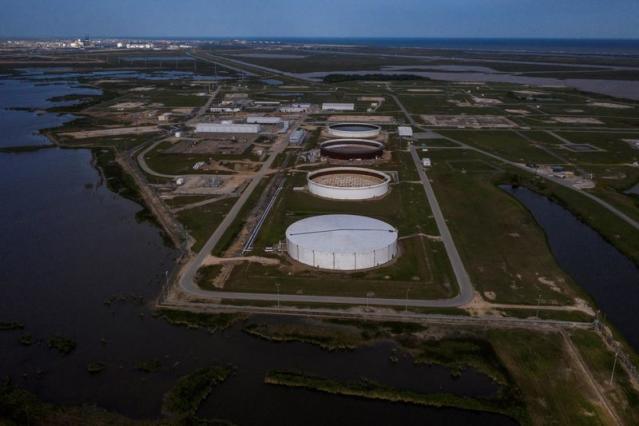Oil prices slipped on Thursday as looming sanctions on Russian oil products added uncertainty over supply and a build in U.S. fuel stocks suggested sluggish demand despite signs of global economic recovery.

Source: Reuters
U.S. West Texas Intermediate Crude futures lost 41 cents, or 0.53%, to $76.25.
Brent crude futures fell 42 cents, or 0.51%, to $82.51 a barrel.
Both benchmarks plunged more than 3% overnight after U.S. government data showed a large build in oil stocks.
A European Union ban on Russian refined products is set to take effect on Feb. 5, potentially dealing a blow to global supply.
EU countries will seek a deal on Friday on a European Commission proposal to set price caps on Russian oil products after postponing a decision on Wednesday because of divisions among member states, diplomats said.
The European Commission proposed last week that from Feb. 5 the EU apply a price cap of $100 a barrel on premium Russian oil products such as diesel and a $45 per barrel cap on discounted products such as fuel oil.
The U.S. Federal Reserve raised its target interest rate by a quarter of a percentage point on Wednesday, yet continued to promise “ongoing increases” in borrowing costs as part of its battle against inflation.
“Inflation has eased somewhat but remains elevated,” the U.S. central bank said in a statement that marked an explicit acknowledgement of the progress made in lowering the pace of price increases from the 40-year highs hit last year.
The U.S. dollar index dived to a nine-month low on Thursday in reaction to the softer rate hike bets. A weaker greenback makes dollar-priced oil less expensive for holders of other currencies, boosting demand.
While inflation appears to have slowed in major economies, the response of central banks and the speed of reopening from COVID-19 lockdowns appears uncertain.
“Investors have become less confident in the strength of the outlook; something we could see change repeatedly in this first quarter due to the lack of visibility on interest rates and China’s COVID transition,” said Craig Erlam, senior market analyst at OANDA.
Meanwhile an OPEC+ panel endorsed the producer group’s current output policy at a meeting on Wednesday, leaving production cuts agreed last year unchanged amid hopes of higher Chinese demand and uncertain prospects for Russian supply.
OPEC+ agreed to cut its production target by 2 million barrels per day (bpd) – about 2% of global demand – from November last year until the end of 2023 to support the market.

